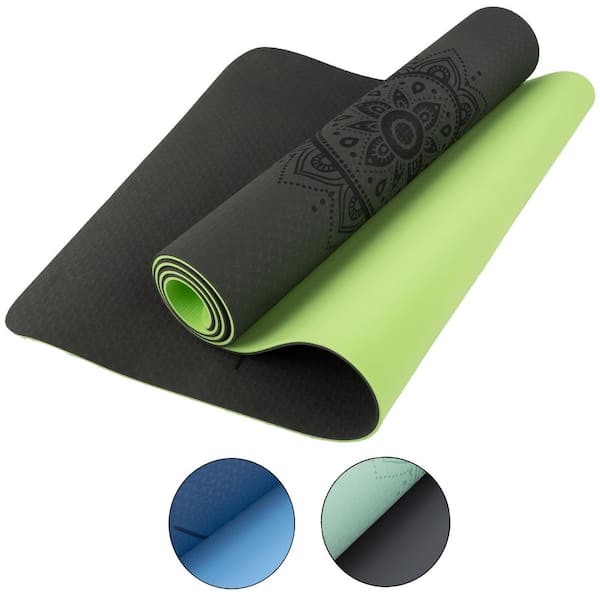Understanding Yoga Mat Thickness and Your Practice Needs
How to pick a yoga mat? Choosing the right thickness for your yoga mat is key to your comfort and practice effectiveness. Having a thicker or thinner mat can impact your stability and joint protection during your sessions. So let’s explore what mat thickness is ideal for you.
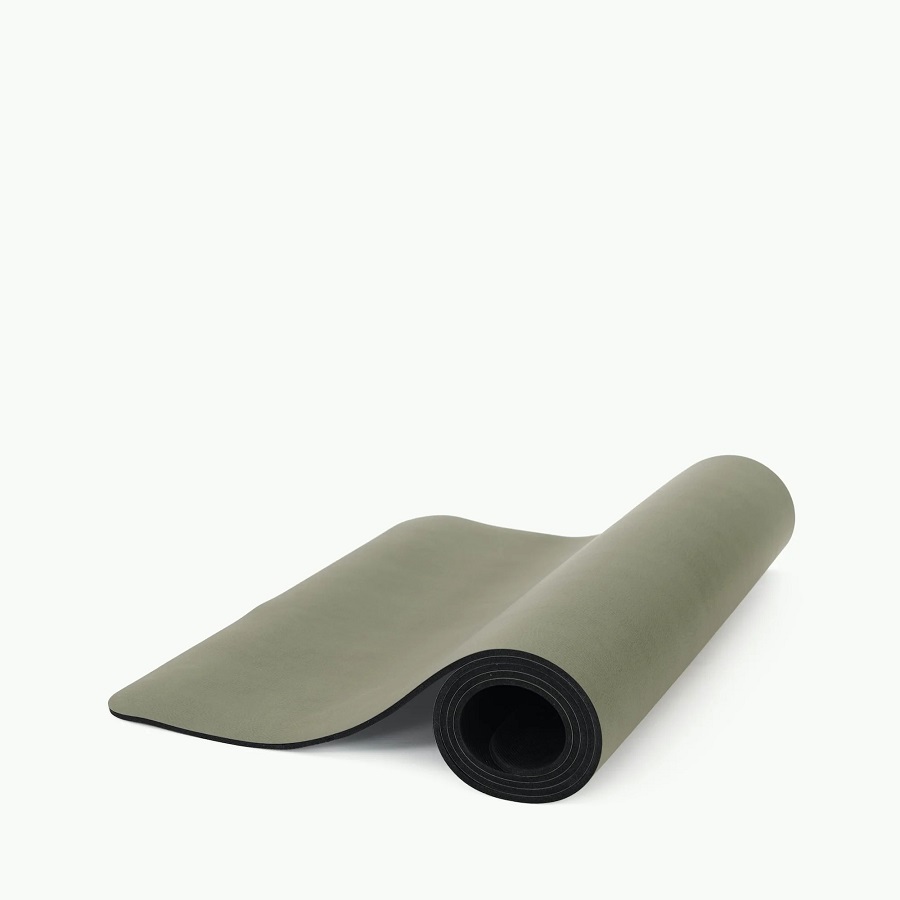
Standard Thickness vs. Travel Mats
Standard yoga mats typically have a thickness of about 1/8 inch. They provide a balance of support and portability. These mats are great for daily use and fit easily into your storage or carry bag. If you travel often or like to pack light, consider a travel yoga mat. Travel mats are around 1/16 inch thick. They can fold up small, fit into your luggage with minimal space, and are great for maintaining your practice on the go.
Thick Mats for Cushioning vs. Connection to the Floor
If comfort is a priority, especially if your knees and joints need extra padding, a thicker mat may be best. Mats can be up to 1/4 inch thick. But, a super thick mat might reduce your ‘grounding’ during poses, leading to less stability. It’s all about finding a happy medium that caters both to your comfort needs and your desire to feel connected to the floor while maintaining poses.
Materials Matter: Choosing the Right Fabric for Your Yoga Mat
How to pick a yoga mat? Choosing your yoga mat’s material is crucial for your practice comfort and eco-preferences. Let’s look at common yoga mat materials.
The Impact of PVC, TPE, and Natural Materials
PVC (Polyvinyl Chloride) mats are durable and offer good stickiness. However, they’re less eco-friendly. TPE (Thermoplastic Elastomer) mats are a better choice if you seek eco-friendliness and good cushioning. Natural materials like cotton and jute are sustainable but offer less grip.
Comparing Rubber, Cork, and Cotton Options
Rubber mats are grippy and can have a high eco-friendly factor, especially if made from natural rubber. Cork is also sustainable and unique for its natural grip that improves when wet. Cotton mats are eco-friendly but may lack cushion and traction compared to rubber and cork options.
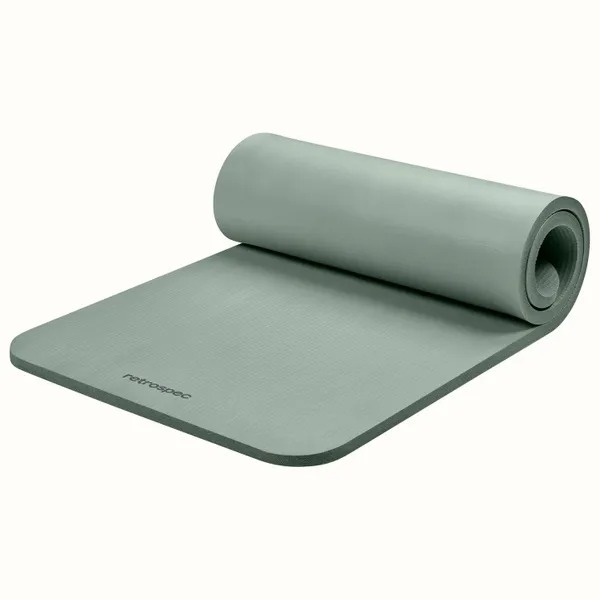
Surface Texture and Grip: Ensuring Stability in Your Poses
When picking a yoga mat, texture is key for a stable practice. A mat’s texture influences grip, which is crucial for stability in your poses. Texture can be natural, like jute’s rugged feel, or designed, with patterns for extra grip. Choose a mat that matches your yoga style and how much you sweat.
The Relationship Between Texture, Grip, and Practice Styles
Different yoga styles need different textures. For flow or vinyasa, select a mat with more grip to prevent slipping. For gentle yoga, a smoother surface could be more comfortable. Remember, texture affects both your pose grip and overall mat feel.
Eco-Friendly Options with Adequate Traction
Eco-friendly mats don’t skimp on traction. Cork mats, for instance, offer natural stickiness that gets better with moisture. If you’re eco-conscious, you can find a mat that combines sustainability with the right feel and grip for your poses.
The Role of Stickiness in Yoga Mat Selection
How to pick a yoga mat? Selecting a sticky yoga mat is crucial for a good practice. The mat’s stickiness helps keep your hands and feet in place. This prevents slipping and supports your poses.
Maintaining Alignment with the Right Level of Stickiness
The right level of stickiness will depend on your yoga style. For dynamic forms like Ashtanga, you need a mat that anchors you well. This helps to maintain alignment and pose integrity. Look for mats labeled ‘high-tack’ or check user reviews for grip performance.
For gentler yoga styles, a less sticky mat can suffice. It should still prevent slipping, but it might offer a lighter hold. This makes it easier to transition between poses.
Cleaning and Caring for Sticky Yoga Mats
To preserve the stickiness, mat care is key. Regularly clean your mat with a yoga-specific cleaner or gentle soap. Avoid harsh chemicals that can break down the mat’s grip. After cleaning, let your mat air dry completely.
Store your mat rolled up in a cool, dry place. Keep it away from direct sunlight to prevent wear and stickiness loss. By maintaining your mat properly, you extend its life and ensure a consistent practice.
Eco-Friendliness and Sustainability in Yoga Mat Choices
Choosing an eco-friendly yoga mat is important for many. Let’s explore material impacts and sustainable options.
Understanding the Environmental Impact of Different Materials
Every yoga mat material has an environmental footprint. PVC, often used in mats, takes years to break down. This isn’t good for our planet. Natural options, like rubber, jute, and cotton, are more eco-friendly. They come from renewable sources and decompose quicker. Cork is especially green. Harvesting it doesn’t harm trees and it biodegrades.
Selecting Mats for a Greener Practice
Want a mat that’s kind to Earth? Look for ones made of natural rubber, cork, or organic cotton. Check if the mat is recyclable or made with sustainable practices. Brands now often share their eco efforts. Look for these details before buying. By choosing an eco-friendly mat, you support sustainability and reduce waste. This helps protect our environment and aligns your practice with the principle of ahimsa, which means non-harm.
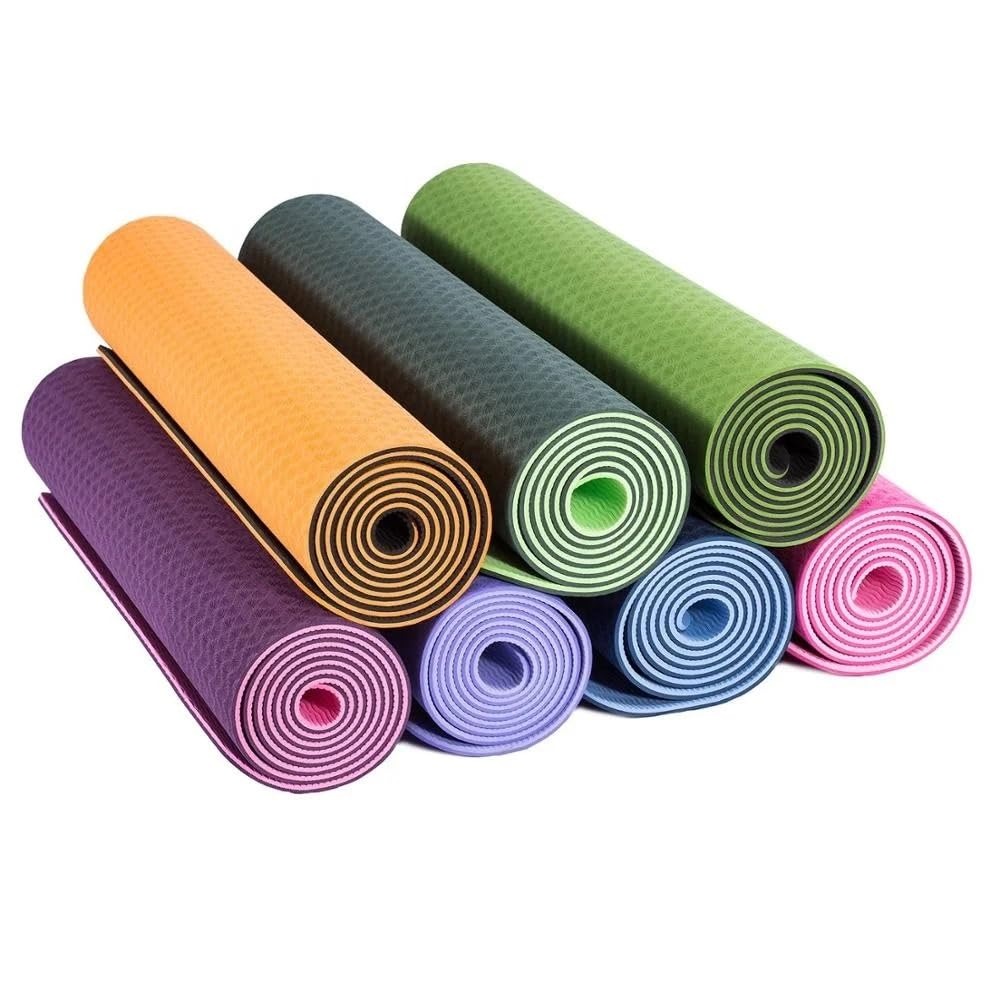
Price and Quality: Finding Balance in Your Yoga Mat Investment
Finding the right balance between price and quality is crucial when investing in a yoga mat. It’s possible to find a mat that fits your budget without compromising on the quality needed for your yoga practice.
Budget-Friendly Options vs. High-End Mats
Yoga mats come in a wide price range. Budget-friendly mats may provide the basics you need without a hefty price tag. They’re good for beginners or those not ready to commit to a higher-cost option. High-end mats tend to offer better grip, comfort, and eco-friendly materials. They might have a longer lifespan too.
Choosing between budget mats and high-end options depends on your needs. Consider how often you practice, the types of yoga you enjoy, and your personal priorities, like eco-friendliness.
Durability and Longevity Considerations
The lifespan of your yoga mat is important. A durable mat can handle intense practice and last for years. Look for thick, high-density materials if you want a mat to withstand a lot of use.
A mat’s longevity also depends on how you care for it. Keep your mat clean, avoid direct sunlight, and store it properly to extend its life. Investing a bit more in a durable mat can save you money in the long run.
In conclusion, weigh your budget against how much you’ll use the mat and the benefits of higher quality, like durability and better materials. Find a mat that both meets your practice needs and feels like a good investment.
Style and Aesthetics: Personalizing Your Practice Space
How to pick a yoga mat? Your yoga mat is more than just a tool; it’s a reflection of your personal style. When considering the aesthetics of your yoga mat, think about choosing colors and patterns that resonate with your personality and inspire your practice.
Colors and Patterns That Reflect Your Personality
Pick a mat with colors or patterns that speak to you. Whether you prefer bold hues, pastel shades, or neutral tones, the right choice can elevate your mood and enhance focus. Patterns can add a touch of personal flair or help with alignment during poses. Remember, the visual appeal of your mat can contribute to a joyful practice.
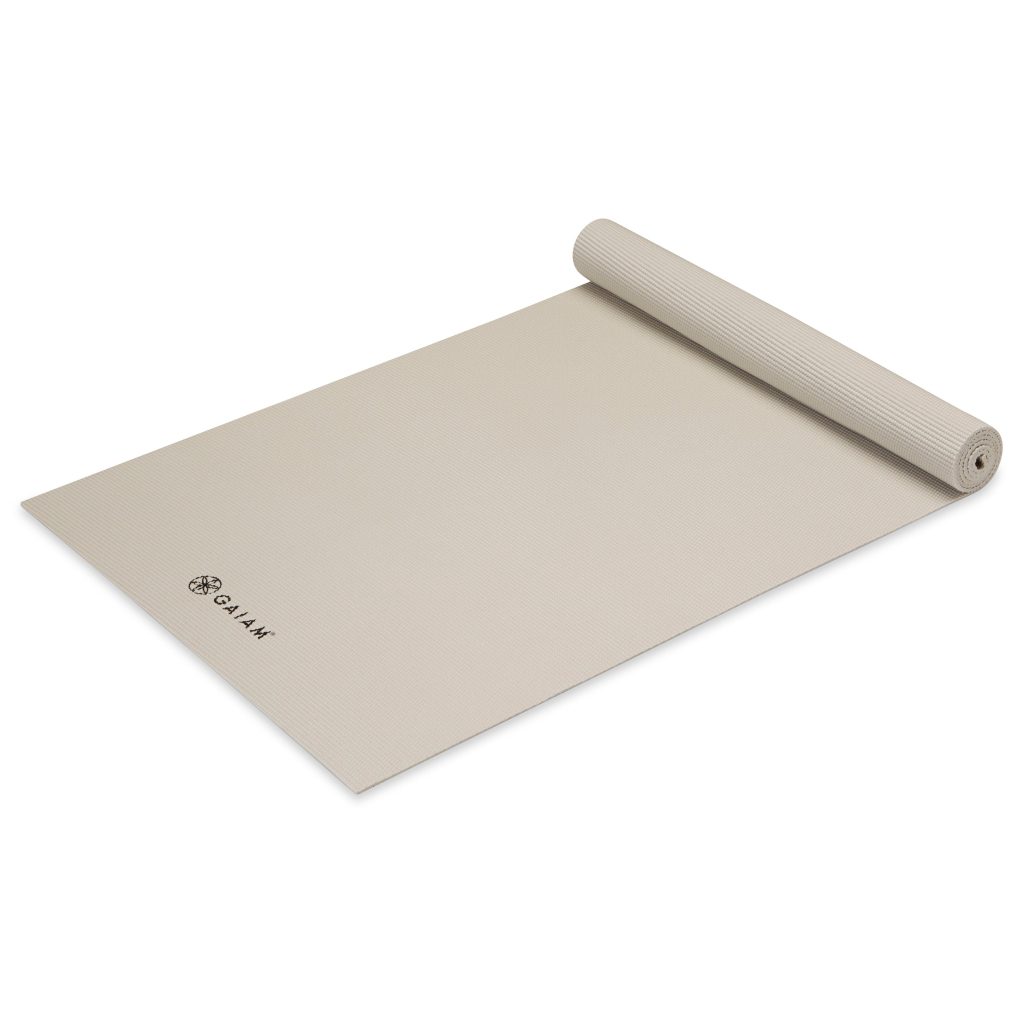
Aligning Your Mat with Your Yoga Practice and Lifestyle
Consider your yoga practice and lifestyle when selecting your mat. If you’re into high-energy styles, a vibrant colored mat might match your energy. For a calming practice like Yin or Restorative yoga, soothing colors can enhance relaxation. If you carry your mat often, look for one that’s stylish yet functional, with a carry strap or bag. Select a mat that complements both your practice and your daily life for a harmonious yoga experience.
